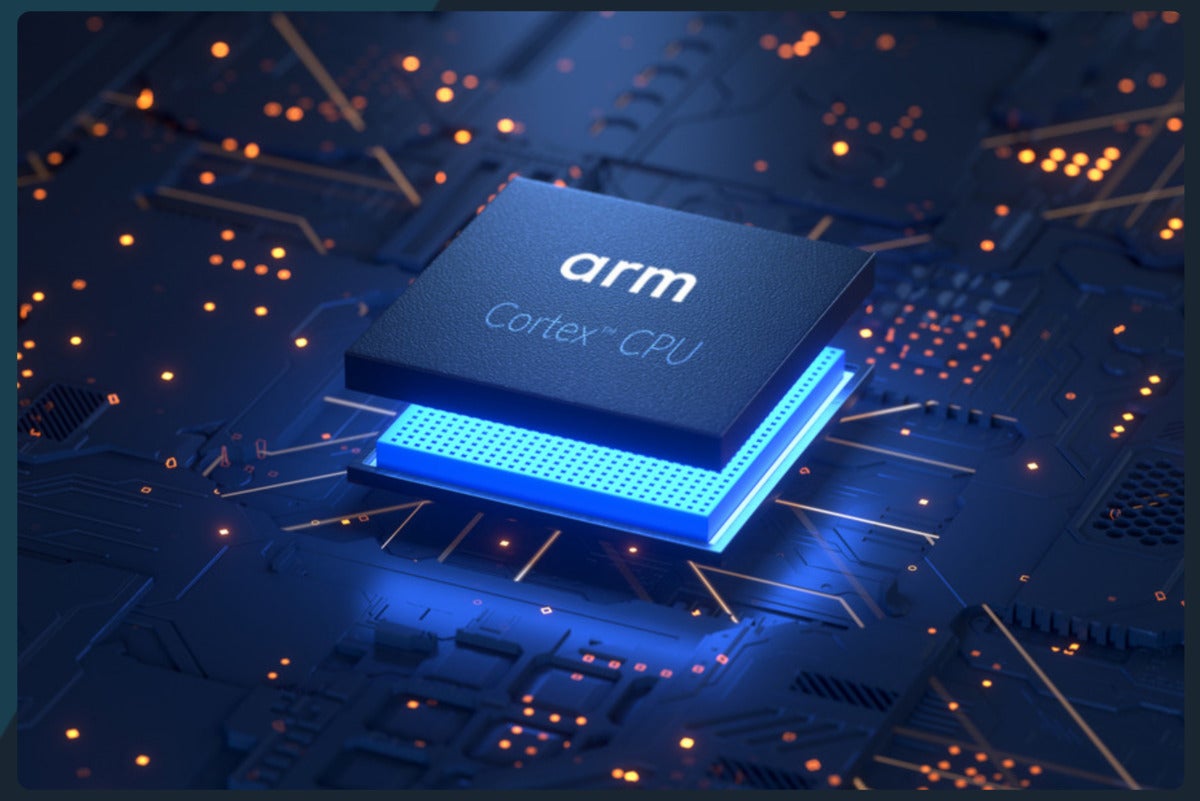- How you can use Google Maps to track wildfires and air quality
- T-Mobile launches high-speed home internet service - see if you can get it
- Sponsor or Exhibit at a 2025 PCI SSC Event
- My favorite 3-in-1 travel MagSafe charger is smaller than a cookie (and it's $20 off)
- Workday unveils new AI tools and agents for developers - here's how to access
Arm creates virtual IoT chips to accelerate development

It can take years for a CPU to go from design to silicon, so Arm is helping developers get a jump on things by putting virtual models of its chip designs in the cloud. The virtual models will allow developers to write and test applications before the actual silicon ships.
Dubbed Arm Total Solutions for IoT, the project is a full-stack solution intended for Internet of Things applications and use cases. Arm says the early access for developers, OEMs and service providers, as well as the reduction in product design cycles, could accelerate deployments by up to two years.
Arm doesn’t make chips the way Intel and AMD do. It makes designs and licenses them to more than 800 OEMs, which are responsible for everything from embedded devices to servers. Once Arm releases the basic chip design to its partners, the partners then add their own IP to differentiate from the competition, which takes time.
The IoT service is built on Arm Cornerstone, a basic subsystem of Arm processor designs used to start building apps. This cloud-based service, called Arm Virtual Hardware, offers a virtual model of the Cornerstone subsystem to enable software development without the need for physical silicon.
“All together on Total Solutions for IoT, [we’re] collapsing typical IoT product development timeline timeframe from five years to three years,” said Mohamed Awad, vice president of the IoT and embedded business at Arm, on a conference call.
Arm Virtual Hardware is available on AWS Marketplace and uses Agile software development methodologies like continuous integration/continuous deployment (CI/CD), DevOps and MLOps to IoT platforms.
“We’re optimizing and streamlining the technology specifically for modern cloud development. This means we’re putting technology in the hands of millions of software developers that before just wouldn’t have access to it,” said Awad.
Amazon used Arm Virtual Hardware to test Alexa features, Awad said. “By removing physical hardware dependencies, they are able to accelerate updates and leverage cloud-based CI/CD and their support of over 150 different Alexa enabled devices,” he said.
Project Centauri provides reference designs
Arm also is encouraging standardization of IoT design with the launch of Project Centauri, which provides device and platform standards and reference implementations for device boot, security and cloud integration for the Cortex-M SoC product line.
Arm has a similar project, called Project Cassini, for its Cortex-A processors. Cortex-A is Arm’s higher-end line, used in server and AI/heavy compute tasks, whereas the Cortex-M is for lower power, less complex applications.
Project Centauri APIs include support for PSA Certified and Open-CMSIS-CDI, which are open standards for cloud-to-device communication, so different cloud solutions can interact easily.
Copyright © 2021 IDG Communications, Inc.

